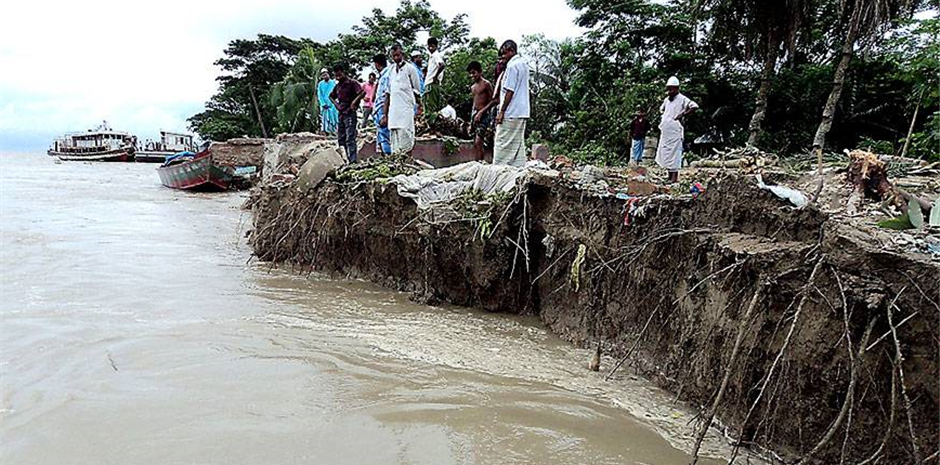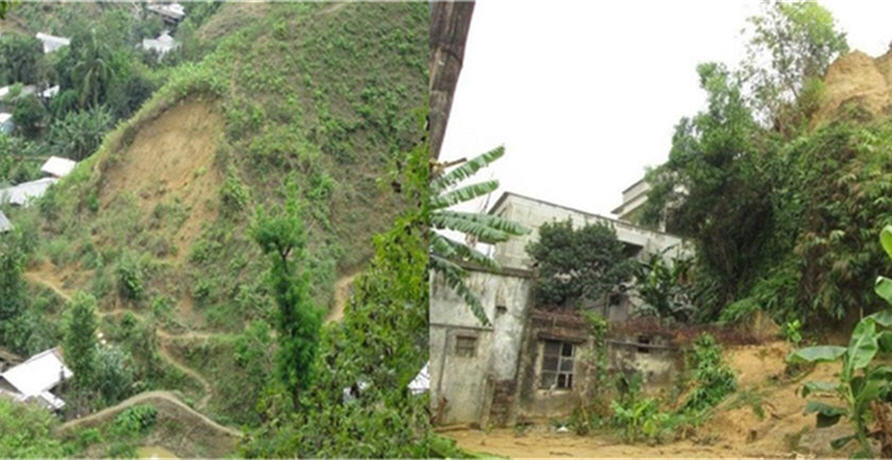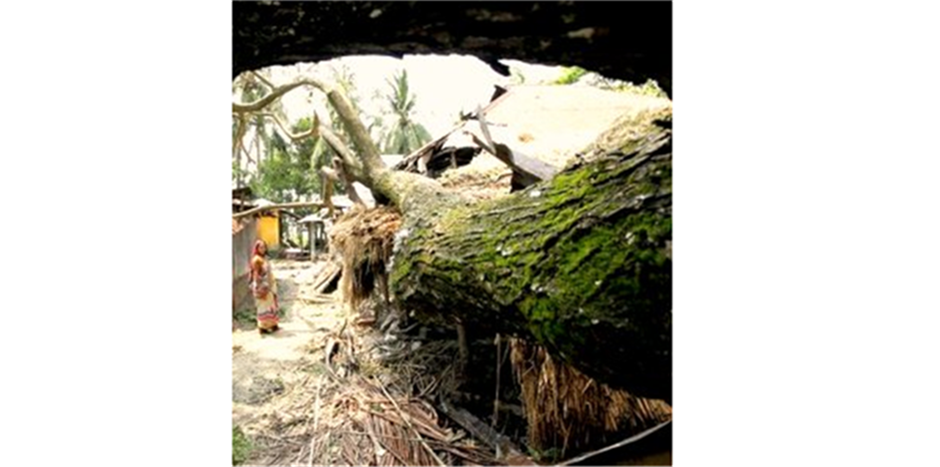Cyclone and Preparedness
Chittagong, Bangladesh
Natural disasters frequently occur in Bangladesh destroying lives and valuable things of the people in different ways.
Among many records of disasters in Bangladesh, one of the most destructive natural disasters was a cyclone which occurred at the 29th April, 1991. It was a terrible disaster which caused the death of 138,882 people, among them 25,000 people were from Chittagong. It caused the damage of over 1.5 billion US dollar. The tropical cyclone devastated the coastal area southeast of Dhaka with winds in excess of 130kts and a 20 foot storm surge.
Government and people have to come forward and work hard to reduce the losses of disasters in future as we can’t imagine to bear such the economic and live losses in future.
An eyewitness Md. Masood who lived in Kalurghat, a place of Chittagong city, shared his experience,
“ What a miserable condition I have experienced! I saw people were being killed with the flowing tin portion from the tin shaded house. All things were just flowing. I lost my tin shaded house and my valuable belongings. Load shedding was in a severe condition and communication system was destroyed. But the most miserable thing was that I saw the dead bodies were floating in front of me in the flood.”
His experience tells that the cyclone that occurred in 1991 at Chittagong city was in a destructive outlook creating only miseries for the people of Chittagong. A terrible situation occurred as a result of the destructive cyclone of 1991.
Many schools and faith based organization came forward at the time to help the people. Among many faith based organizations, “Islamic Relief “ was one of the active organisations which helped not only the Muslim people but also all classes of people.
Many people from schools and mosques, temples and churches came forward to give proper medical treatment to the people and also to lead the people in a helpful way so that they could know about precautions and rehabilitations.
At the time of disaster almost all schools opened their door of helping people by giving shelters. Among many schools, Cox’s Bazar Govt. High School gave shelter and helped the cyclone affected people. Then many Governmental organisations, NGOs and public sectors played an important role.
At present, Bangladesh is more prepared than before. It is said that when cyclone Aila in 2009 occurred, 190 human lives were lost and many families felt they are better prepared than the cyclone of 1991. In the statistic, we can see that 138,882 people were killed in the 1991 cyclone in Bangladesh, but Aila cyclone which happened in 2009, took the lives of 190 people. It tells us how important preparedness is to reduce the losses of a disaster.
Before cyclone hit, 5000 community volunteers are trained by Bangladesh Red Crescent Society. They work days and nights to alert and evacuate the people. Many women and local volunteers are participating for the training so that they can help the people. Also, Bangladesh Army always comes forward when any disaster occurs and they give relief to affected people.
Many school’s students are taught how to prepare themselves for the disasters. In addition to these, religious leaders also give people instructions what to do before the disasters, at the time of disasters and after the disasters. Working in a planned way is needed at the time of a disaster.
To reduce the losses of the disasters, especially cyclones, we can take some future plans. We have to be more conscious about the matter than before. According to me, at first we have to analyse and identify when and where the cyclones occurs frequently. Then we have to find who the main victims are and how much they can be affected by cyclone.
Then we have to think about the measures which can mitigate the effects of cyclone. After analysing them, we have to make a team and have to work as plan. We have to give importance about the precautions and rehabilitations of cyclone. If we do like that the mission of reducing the losses of the cyclones can be successful.
These are some plans which can be much helpful at the time of a disaster like cyclone in Bangladesh. There are also many plans and programmes are taken by Government, NGOs and public sectors. If we work in that ways, the losses of a disaster can be reduced soon.
More and more people especially school teachers and students, have to come forward for their country and religious leader have to take necessary steps. They have to be more recognised organization than before. However Government and NGOs have to think about the matter more.







